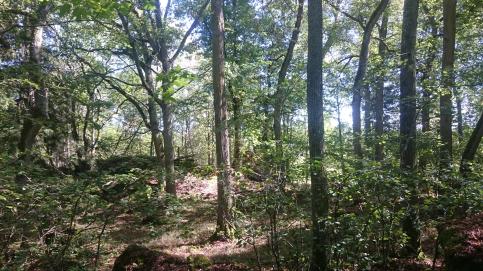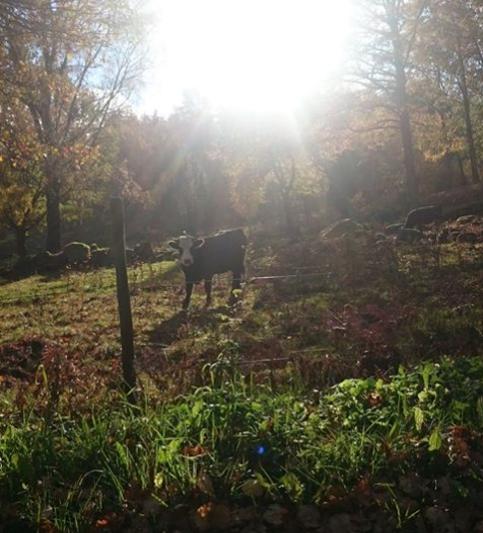Introduction

The forests covering our globe have during recent years declined immensely; just between 1990 and 2015, the total forest area declined with 129 M ha. Additionally, in the majority of remaining forests, large-scale forestry practices are performed, resulting in a scarcity of natural forests created and formed by natural disturbances. Actions like clear cutting, forest road constructions and soil scarification have changed the forests dynamics, composition and structure, which in turn has resulted in a great loss of biodiversity worldwide.
To halt the decline of biodiversity in Swedish forests, areas with high values or areas that might develop high values, are identified and set aside. In 1909, when the first legislation regarding nature protection came, the idea for setting aside and protect areas was just to leave the areas untouched, without any management. This idea with a so-called non-intervention management approach dominated nature conservation for decades, and it was not until recent years that the way of thinking and actively preserving areas changed, and it was practised in a larger scale out in the field. In the past, disturbances have only been seen as something having negative impacts, whereas current knowledge indicates nearly the opposite; that natural disturbances are essential when it comes to having and creating healthy and dynamic ecosystems. In cases when the natural disturbances have been supressed, it has been shown to be deleterious for forest ecosystems functioning the long term

Presently all protected forest areas in Sweden are set aside with a management strategy. However, at the moment non-intervention management is still the most common alternative (in Sweden). Non-intervention is suitable only for forests primarily shaped by internal dynamics, where individual trees age, die and create openings where seedlings can establish. Still, the forest types that are characterized by internal dynamics cover only 5 % of the forest area in Sweden. The remaining are forest types where the natural values and species are legacies of, or dependent on natural/historical disturbances, e.g. fires, storm felling, flooding, insect outbreaks and human impacts (e.g. grazing). If these forests are set with a non-intervention management, instead of an active management option, values and species will most likely disappear, since they need active management to be preserved.
A question that arises is therefore which forests needs active management, and which are best preserved by non-intervention. The main aim of this study was therefore to examine the management needed to preserve biodiversity in set aside areas. The specific aims are listed below.
Aims
Scientific literature and data from inventories was integrated to answer the following questions:
1. What proportion of protected forests does the Swedish Forest Agency consider need active management?
2. How does different dominating forest types differ with regard to assessed management need?
3. How does tree composition reflect the assessed management need?
A special focus was given to oak-rich environments where the management need was investigated more closely, using lichens as indicator species, due to their sensitivity and quick reaction to changes in a forest stand:
1. How is occurrence and abundance of lichen species (Calicium adspersum and Chaenotheca phaeocephala) related to canopy cover and areas’ openness?
Responsible for this page:
Director of undergraduate studies Biology
Last updated:
05/15/19
